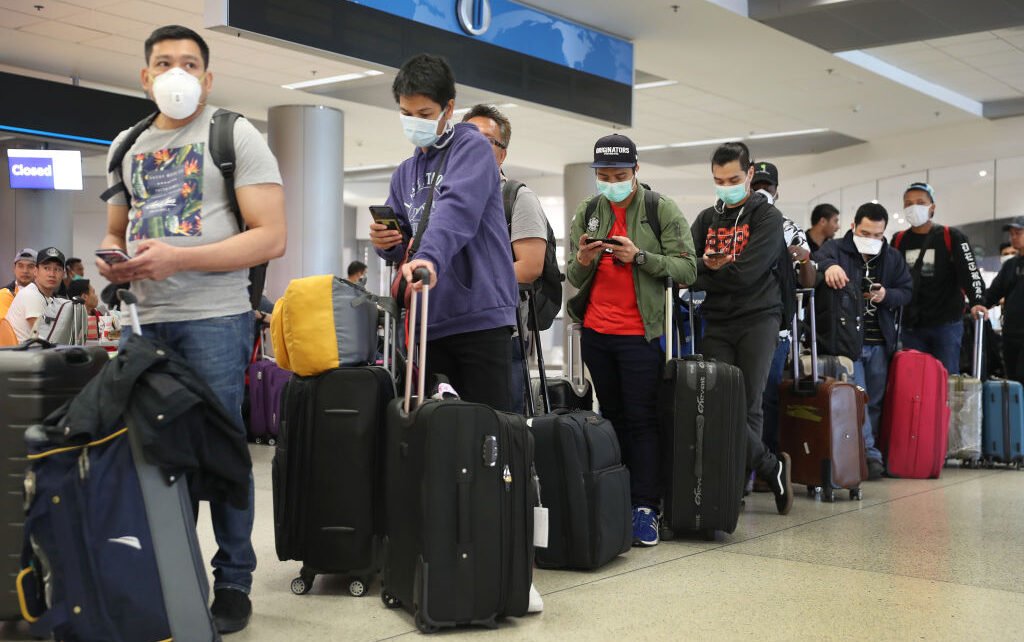By Netpal Travel Bureau
If you’re looking for an explanation for the chaotic scenes of cancelled flights, lost baggage and passenger number caps at airports this northern hemisphere summer, it’s worth considering the drastic cost-cutting the industry will be undergoing for many years to come.
Airlines would dearly love to tempt passengers back with the promise of a return to business as usual. The stubbornly persistent debts they’re holding make that almost impossible.
Net borrowings by more than 100 airlines globally for which Bloomberg has data were running at a combined $377.85 billion in their latest reports, more than a third higher than $281.03 billion at the same time in 2019 — and that was already a rough year for the aviation industry, thanks to rising costs and trade tensions. Compared to 2018, debts have doubled.
While traffic volumes are starting to recover, profits are not. Banks start to get worried when their corporate borrowers have debts amounting to more than three or four times their ebitda.
Although net debt levels are down marginally since peaking midway through 2021, the cost of servicing those loans has also ballooned as interest rates have climbed. On a very rough estimate taken from the yield on 10-year U.S. government bonds, airlines’ interest bill this year is almost double what it was 12 months ago, despite an 8.4% reduction in borrowings.
The travel chaos is best understood as an outcome of airlines struggling to rein in the few costs they can control. Around half of the world’s nearly 500,000 baggage handlers were put out of work in the early months of the pandemic, and tight labor markets ever since have made it hard to tempt people back to such low-wage, low-security jobs. That’s been made worse by the fact that we appear to be focusing our travel more than ever on peak periods, when the pressure on ground services is highest.
Airlines can also save money if they cram the passengers from three flights due to fly one-third empty into two planes, one reason many have been trimming their schedules and cancelling more departures than usual.
Passengers will always end up blaming their travel misery on airlines, but all the problems being experienced right now are the result of an industry that’s still fighting to survive after two years in limbo. The chaos at baggage carousels and security lines won’t improve until airports see their cash flows recover, which in turn depends on the carriers who contribute the biggest chunk of their revenues chipping away at their own debt piles. At a time when inflation is picking up everywhere, global passenger yields — the amount of money made for flying each passenger one kilometre — are still likely to end the year at roughly the same level as they were in 2019.
The problem in the airline industry isn’t that it’s profiteering from our misery. It’s that we’re still not prepared to pay for the service we want. Until airlines and airports work off Covid’s debt overhang, that situation is unlikely to change.


